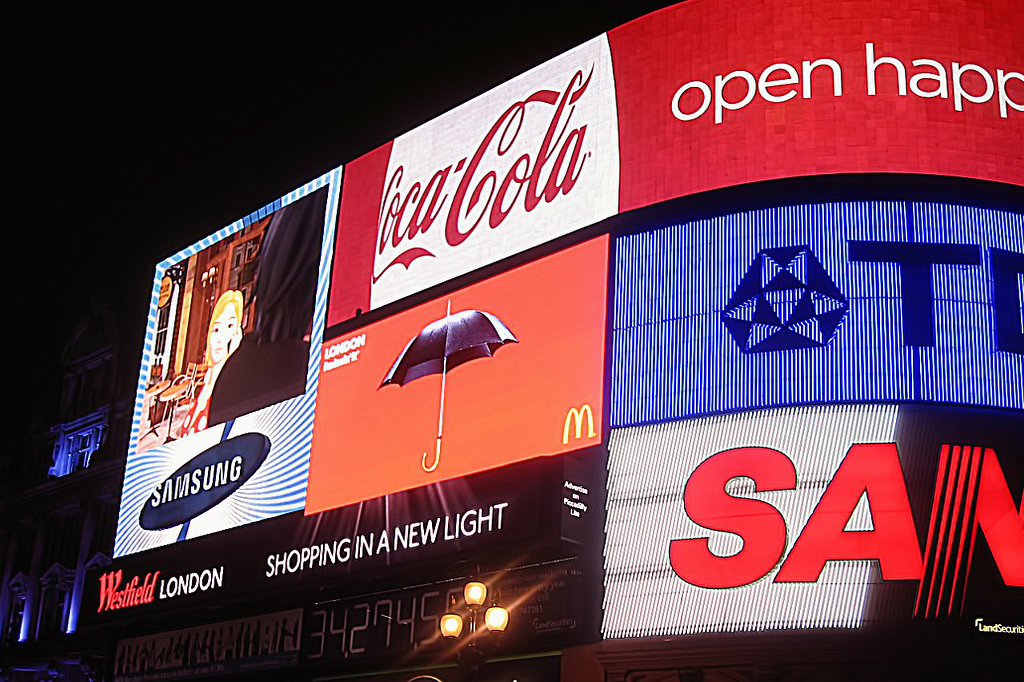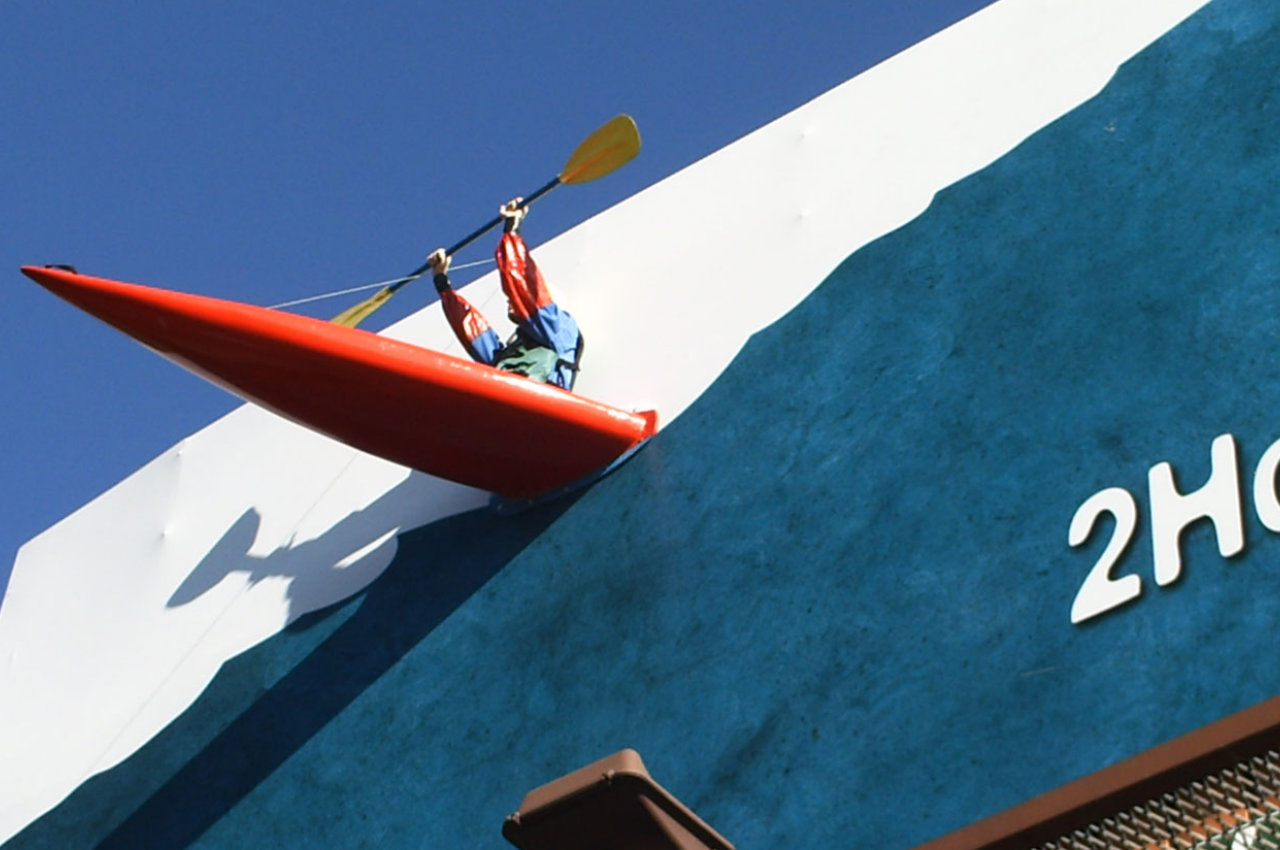Understanding Hijack Marketing: Strategies, Examples and Ethical Considerations
Ethical or not (which we will definitely cover in the lines below) hijack marketing is a true masterclass in cleverness. Think of it as the art of crashing the party – but doing it so well that everyone ends up talking about you. And because in the world of marketing all publicity is good publicity, being able to seize the moment and turn the spotlight towards your brand, even when you’re not on the official roster, is a pretty impressive feat in itself.
We’re experts in eCommerce development services and we’re here to help you choose the right solution for your business.
To understand hijack marketing better, picture this: at the 1996 Atlanta Olympics, Nike set up giant billboards near the Olympic Village and ran ads featuring athletes – all without being the official sponsor. This smart strategy allowed Nike to share the limelight with the official sponsors, creating a huge buzz.
Pulling such a feat, while keeping inside the lawful boundaries, involves a huge dose of creativity and boldness and that’s why we decided to write this article which will cover strategies, notable examples, benefits, risks, and ethical considerations for employing such strategies.
What is Hijack Marketing?
Hijack Marketing is a strategy where brands take advantage of the publicity surrounding a major event to promote their own products or services, typically without having official sponsorship rights.

The strategy first appeared and spread out during major sporting events in the 1980s and 1990s. There are notable examples which created a buzz in the media world. In 1984, although Converse was the official sponsor of the Los Angeles Olympics, Nike decided not to spend the $4 million on official shoe sponsorship and instead executed a guerrilla marketing campaign by sponsoring top athletes like Carl Lewis and providing them with Nike gear. Reebok executed a similar strategy at the 1988 Seoul Olympics. The visibility of these athletes wearing Nike and Reebok shoes during the games gave them significant exposure without being an official sponsor.
But by far one of the most notable examples when it comes to creativity is Amex at the 1994 Winter Olympics in Lillehammer. Although Visa was the official sponsor of the Winter Olympics, the creative masterminds at American Express launched an ad campaign with the tagline, “If you are travelling to Norway, you’ll need a passport, but you don’t need a Visa.” This clever play on words allowed Amex to create a strong presence without officially sponsoring the event.
Indeed, these were times when such endeavors, although borderline between legal or not, were not punished by any laws. As the legal system evolved, so did hijack marketing, expanding beyond physical events – to digital platforms.
Modern Day Practices
The digital revolution from recent years and the expansion of social media channels, transformed marketing strategies, enabling real-time engagement and rapid response to unfolding events. Nowadays, brands can instantly connect with vast audiences.
This is exactly what Oreo did when the 2013 Super Bowl blackout happened. When the lights went out, Oreo’s marketing team quickly tweeted, “You can still dunk in the dark,” capturing the moment and gaining massive social media traction.
And another striking example – during the 2014 FIFA World Cup, Snickers took advantage of the infamous incident when Uruguayan player Luis Suárez bit his italian opponent Chiellini, by tweeting, “More satisfying than Italian,” accompanied by an image of a Snickers bar.
These two examples highlight the power of real-time marketing and set a new standard for how brands could hijack events in the digital age.
To be able to do that involves a sophisticated blend of creativity, speed, and strategic planning and that’s why brands monitor trending topics and events closely, ready to seize opportunities.
From Event Hijacking to Digital Hijacking
The old strategies of the 80s and the 90s involved some sort of ambush marketing and large-scale physical advertisements. Increasing legal constraints and a focus on consumer privacy have led to their demise.

Social media, with its capability to connect people, makes it easy to insert a brand’s message into trending conversations or popular events and generate significant buzz and engagement without the need for official sponsorships or traditional advertising spaces.
There are several tactics used in online platforms and Social Media. The first one, real-time marketing, involves a close monitoring of social media trends and news for finding opportunities to engage in real-time.
The major Social Media platforms have also developed specific tools. For example, Twitter’s Trending Topics and Google Trends help marketers stay on top of what people are talking about. Therefore, you only need a prepared team and flexible approval processes to respond instantaneously.
The next one, ‘hashtag hijacking’ is about joining conversations by using popular or trending hashtags to increase the visibility of your posts. The only catch – don’t be bland! Create clever or humorous content that strikes a chord with the audience but also aligns with the trending topic.
Are there any benefits?
Of course, Hijack Marketing brings an increased exposure and consumer engagement. Important events already attract substantial public and media attention. So, from the start, aligning a marketing campaign with them can result in widespread exposure and viral potential. And indeed, it could cost a lot less than spending large sums on official sponsorships or extensive ad buys. But, let’s be honest… a one-of-a-kind striking campaign requires a lot more than the usual amount of creativity. And genius creativity usually costs. But strike the nail right in the head and the engagement of your consumers could jump through the roof.
At the same time, get it wrong and it can backfire spectacularly. For example, when Pepsi attempted to align itself with social justice movements in a controversial ad featuring Kendall Jenner, it faced severe backlash for trivializing serious issues. Such negative reactions can harm the brand’s reputation and lead to widespread criticism on social media and other platforms.
Ethical Considerations
Hijack marketing, while innovative and effective, brings with it many ethical considerations. While real-time marketing or hijacking hashtags are safe, it doesn’t mean that these tactics can be used loosely. Some endeavors can be perceived as exploitative, particularly when brands leverage sensitive or serious events for commercial gain. That’s why the best way is to follow industry standards and best practices. Avoiding sensitive topics (e.g., race, religion, or tragedy) and ensuring that the hijack is in good taste and contextually appropriate safeguards the brand’s reputation.
Balancing creativity with ethical marketing is a delicate act. Successful hijack marketing campaigns cleverly integrate with an event or trend without crossing ethical boundaries, adding value to the audience rather than merely exploiting the moment.
Executing a Successful Hijack Marketing Campaign
Although creativity plays a huge part, the foundation of a successful hijack marketing campaign lies in understanding the target event and its audience, therefore meticulous planning and thorough research are key.
Then, it’s the creativity and the execution. When Oreo tweeted “You can still dunk in the dark” during the Super Bowl blackout, the message was full of impact, engaging, shareable, but also the timing was spot on.
And of course, continuously monitoring and evaluating the campaign is the best way to understand what worked and what didn’t. Metrics like reach, engagement rate, and share of voice provide insights into how well the campaign resonated with the audience.
If you want to know more about our list of services at Clever++, please visit our website.




